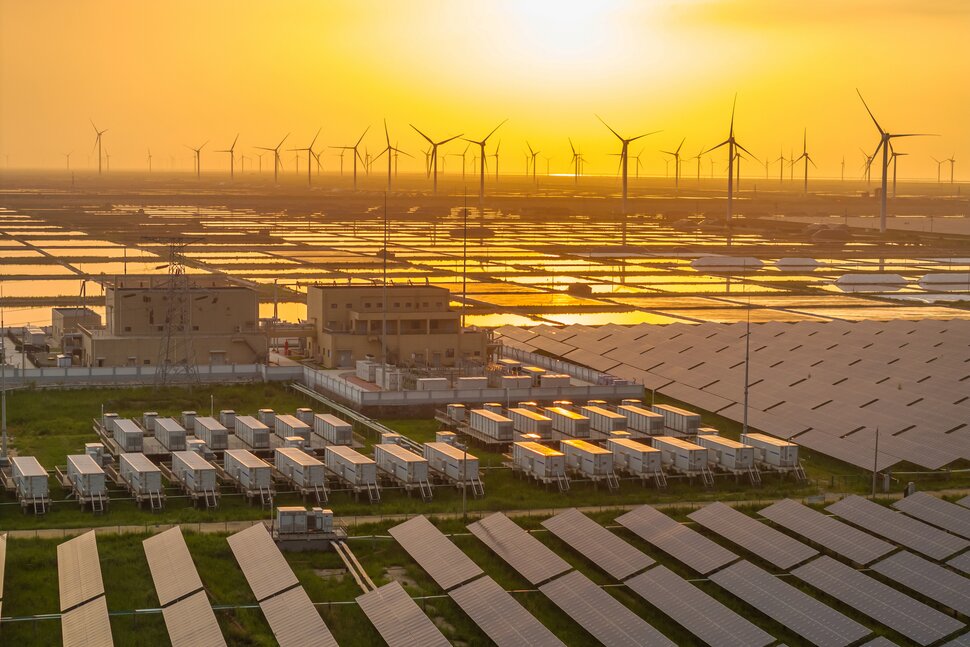The Urgent Need for Advanced Energy Storage
As renewable power sources like solar and wind expand rapidly, grid operators face a major challenge: how to manage intermittent supply. Demand doesn’t always match production. That mismatch can cause blackouts or wasted energy. Traditional batteries are improving, but to truly transform energy infrastructure, next-generation storage solutions are essential.
Solid-State Batteries: Safer, Denser, Faster
One of the breakthrough technologies gaining traction is the solid-state battery. By replacing liquid electrolytes with solid materials, these batteries promise higher energy density, faster charging times, and improved safety. Researchers anticipate commercial models by the late 2020s. They could enable more compact storage in homes, EVs, and grid installations.
Flow Batteries: Scalability for Large Installations
Another promising path is flow batteries, which separate power (electrodes) and energy (electrolyte tanks). This architecture allows independent scaling of capacity and output. For large installations — grid support, microgrids, or remote systems — flow batteries offer longevity and flexibility. Developers are piloting installations in desert and island microgrid settings globally.
Thermal Energy Storage: Harnessing Heat for Later Use
Beyond electrochemical systems, thermal energy storage offers another angle. Technologies such as molten salts, phase change materials, or hot-rock systems capture excess heat (or cold) and release it when needed. In power plants or industrial facilities, integrating these systems can smooth load and improve overall efficiency.
Hybrid Systems: Combining Multiple Storage Methods
No single storage type will dominate; hybrid systems combining electrochemical, mechanical, thermal, or chemical storage will lead the market. For example, pairing a high-density battery for fast response with a flow battery for long duration helps balance cost, lifetime, and performance. Utilities and startups alike are exploring these integrated designs.
Policy and Regulatory Landscape Toward Deployment
Technological advances must be accompanied by smart regulations. Grid codes need updating to allow energy storage to provide frequency regulation, capacity markets, and ancillary services. Incentives like tax credits and demand-response programs will accelerate deployment. Regions that adopt forward-looking energy policies are already seeing faster uptake.
Challenges: Cost, Materials, Lifetime, Recycling
Despite their promise, next-gen storage technologies still face hurdles. Costs per kilowatt-hour must drop. Some rely on rare or difficult materials. Durability over thousands of cycles is critical. End-of-life recycling and environmental impacts must be addressed. R&D funding and circular economy efforts are vital.
Looking Ahead: A More Resilient Energy Future
By 2030, we may see grids transformed with distributed storage, microgrids, and smarter demand management. Next-gen energy storage technologies could unlock higher penetration of renewables worldwide. For nations investing in clean energy transitions, the storage leap may be the defining factor.
A journalist tracking down the truth in the digital age. Helping you see beyond the headlines. Always here for a discussion. I am also a monkey.











